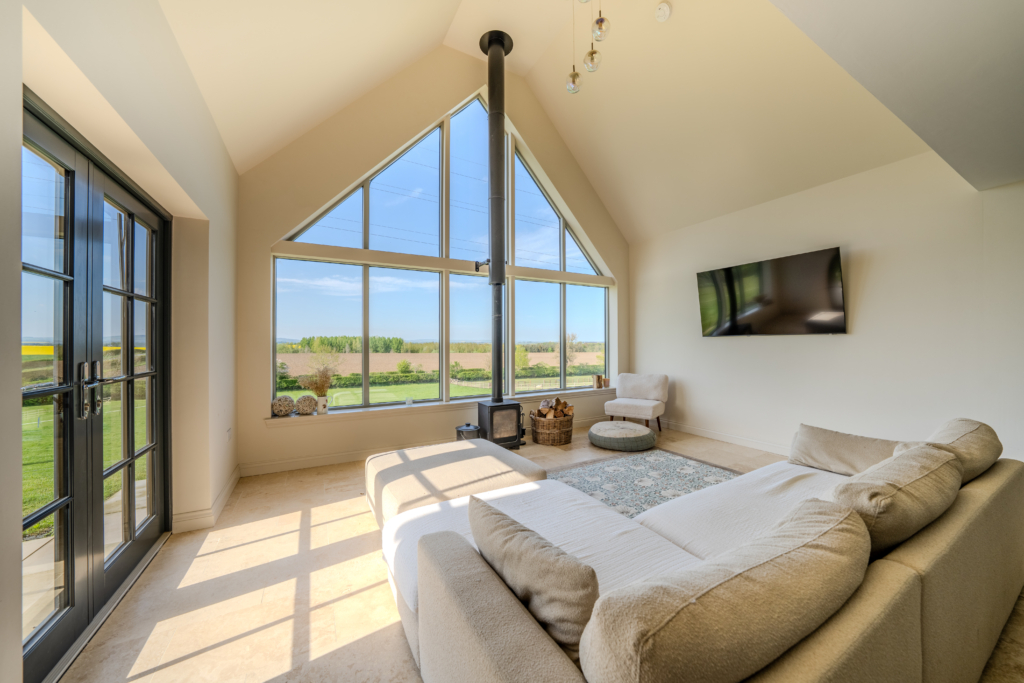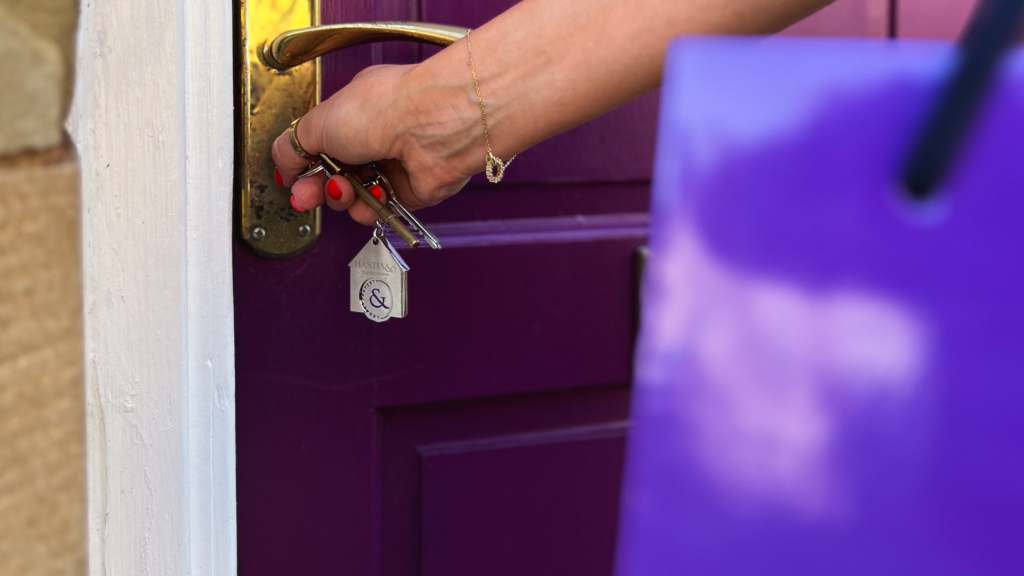What's Included with a House Sale in Scotland: The Basics
A recent legal dispute over the alleged removal of valuable fixtures from Ayton Castle is a timely reminder of what's included with a house sale in Scotland as it’s not just the building you need to think about — it’s also the things inside it.
At Hastings Legal, we’ve seen everything from front doors disappearing to sellers forgetting their pets in the garden. This guide explains the standard legal position, common quirks, and how to avoid disputes over what’s included in a sale.
Can a Seller Really Take the Front Door?
Surprisingly, yes — it’s happened. Over the years, we’ve seen plenty of unusual items removed before handover, but the front door remains one of the more ambitious examples.
Sometimes the opposite happens: sellers accidentally leave behind things they should have taken. Our all-time winner? A client who left their dog in the garden. Thankfully, both dog and new owner coped admirably.
What the Law Says
In most property sales in Scotland, the Scottish Standard Clauses (Edition 4) form the backbone of the contract. These clauses cover what fixtures, fittings, and contents are included or excluded.
Unlike in England, Scottish sales don’t normally include a detailed inventory. Instead, Clause 1 sets out a general list of what stays and what goes — and this is where many misunderstandings can be avoided.
What’s Typically Included
A good rule of thumb: if you’d need a screwdriver to remove it, it’s probably a fixture and should stay. Common inclusions are:
- Curtain poles (but not the curtains)
- Blinds, often made-to-measure
- Fitted carpets and floor coverings (but not loose rugs)
- Integrated kitchen appliances such as built-in ovens or dishwashers
- Bathroom fittings, fitted wardrobes, fixed mirrors, and shelving
- Fireplace surrounds, fitted grates, and similar fixtures
- Wall-mounted TV brackets (but not the TV itself)
- Smart heating controls, electric car chargers, and fixed light fittings
Freestanding items, such as standalone washing machines or fridges, are normally removed unless agreed otherwise.
If Items Are Removed or Left Behind Improperly
If a seller removes something that should have stayed — or leaves something that should have gone — this could be a breach of contract. Clause 1 also requires sellers to confirm they own everything included and that no items are subject to finance or other legal restrictions.
The Ayton Castle Example
Would a marble fireplace count as a fixture? In most cases, yes — removing it would cause material damage, which is one of the key legal tests under Clause 1. However, if the parties agreed otherwise in the contract or opted out of the Scottish Standard Clauses, the situation could be different. That’s now for the Court of Session to decide in this case.
Final Thought: Agree Before You Act
Whether you’re buying or selling, clarity is key. If there’s something unusual you want to take or leave — from chandeliers to chicken coops — make sure it’s agreed in writing before the missives are concluded.Got a question about fixtures and fittings, or something specific in your sale?
Call 01573 226999 or email enq@hastingslegal.co.uk and our Property Team will be happy to help.


